The specifics of mediation.
Mediation as future-oriented conflict management for organisations
Explanations on strategic mediation in and by organisations.
Summary:
As a conflict resolution process, mediation has a special feature that should be emphasised and established in practical work: the possibility of resolving the conflict between the parties involved in the mediation process. future-orientated to be aligned. This is the specific feature of mediation that distinguishes it from other conflict resolution procedures, particularly in the context of delegation (to judges and arbitrators).
This future-orientation of conflict management makes mediation especially for organisations the world of work and business interesting. This is because these organisations are used to operating in a future-oriented mode. This makes modern management out. This has further consequences for the implementation of mediation in organisations.
1. the speciality of modern mediation: future orientation.
Mediation is one of the conflict management processes in which a third party is involved as an impartial party. It is therefore one of the third party-supported conflict management procedures. This group of third-party-supported conflict management and resolution procedures also includes court or arbitration proceedings conducted by a judge and conciliation proceedings in which a mediator is involved (Hager 2001, Holtwick-Mainzer, 1985).
The special nature of mediation becomes clear when you look at the historical directions in which a solution is sought, or at least in which the conflict is dealt with. Although every conflict is always dealt with by the conflict parties in the present, the directions of thought can also extend into the past and the future. It is an expression of a social and socialising cultural process that the different time dimensions can be used as a space for reflection and decision-making. Parties to a conflict can exchange views on their shared past and gain new aspects and perspectives, which by no means only happened with the advent of revealing psychology in the 20th century, but must be attributed to the right-orientated approach. However, conflict parties can also look into the (shared?) future, knowing full well that this will influence current considerations, judgements, decisions and actions (Hölscher 2016). For the present context, it is significant that the individual third-party-supported conflict resolution processes each look into different historical dimensions of the conflict relationship and can also be differentiated in this respect.
The judging and sentencing third parties, historically an achievement of civilisation to prevent escalating violence between the parties to the conflict and embodying the state's monopoly on the use of force since modern times, works with the past of the parties to the conflict. This is a consequence of the judicial mode of working and decision-making: the contractual or otherwise organised past of the parties to the conflict serves the judge, together with established, universally known legal principles, to reach a decision in the present. Judicial conflict decisions are always about compensating for injustices that occurred in the past and have now been established by the courts. Judges decide on the basis of the past of the parties to the conflict, on the basis of pre-existing law independent of the parties.
Arbitrators not only act in the present, this usually also forms the basis for the proposed decision. Conciliators receive this mandate from the parties to the conflict to submit a proposal that is acceptable to both sides, which can of course be rejected. In principle, this does not preclude the mediator from looking at the past of the parties involved and enquiring about the future hoped for by both parties, but the mediator's search is primarily limited to the present of the parties to the conflict: What could be best for the parties now. Where is their centre where they can meet?
In the Mediation it is also not impossible for the third party to work with the past, e.g. for an apology or for a compensation measure. Sometimes this is also necessary, if not absolutely essential, for the parties involved to deal with their conflict appropriately. It may also be necessary or even sufficient to find compromises for the current conflict situation in order to find a common and sustainable centre and thus ultimately work with the present.
Howeverand that distinguishes mediation from other third party-supported conflict resolution proceduresit is capable of, to deal with the conflict on the basis of the imagined future of those involved. The future can serve as orientation and its realisation can be agreed as the basis of the conflict resolution plan (future orientation!). Or the shared vision of the future is reformulated as a concrete vision in the face of conflict tensions and serves as a guiding principle for conflict resolution (future-orientation!). This conflict management on the basis of ideas and visions of the future is a modern cultural achievement of mankind, which has by no means already been achieved with the other – third party-supported conflict management methods ideally outlined here. Key features of modern mediation (Weigel 2017) are
- firstly, the orientation of conflict and negotiation communication towards theShaping the future togetherand
- Secondly, the progressive Idea of a mhonour-oriented conflict management instead of accepting present-oriented conflict management as a zero-sum game.
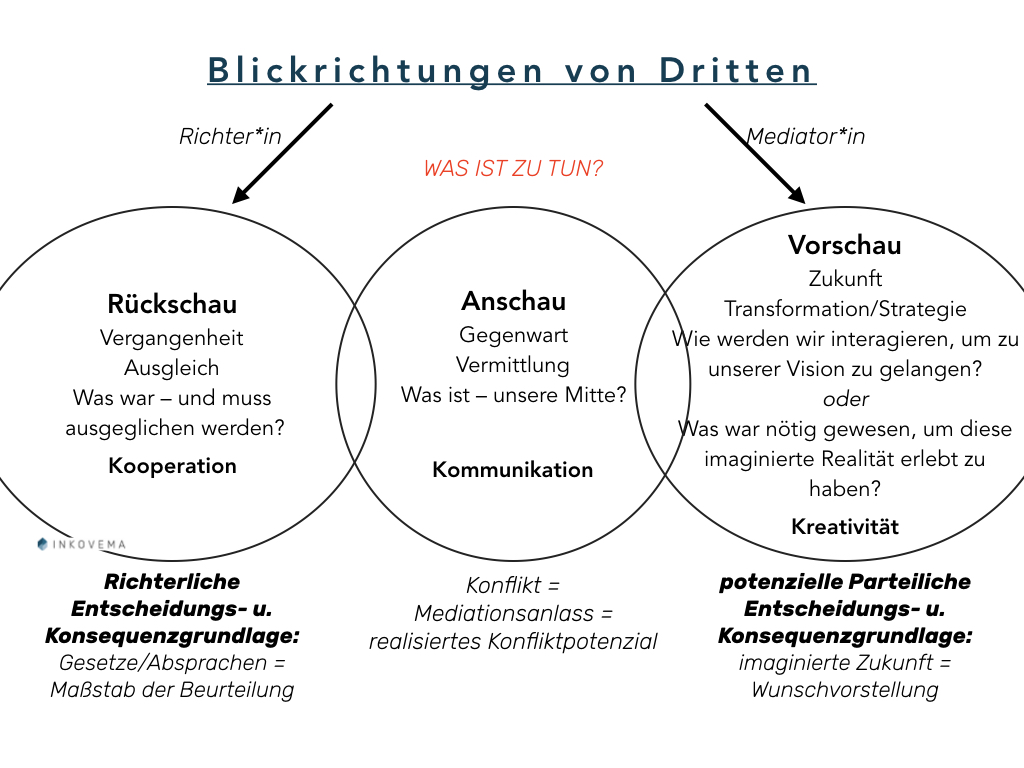
Mediation is therefore a highly demanding process for conflict resolution. The conflicting parties not only negotiate reconciliation and compromise-related measures, but are also regularly involved in a kind of strategic relationship work with each other with a view to the future. For this reason alone, – in the view expressed here – mediation does not appear to be a conflict procedure suitable for the masses. Rather, mediation lends itself to conflict issues to which the parties involved attach a value and importance that justify such intensive and demanding processing. For organisations that want to offer mediation as a conflict resolution procedure in their conflict landscapes, this means that it should be coordinated with the overall strategy of the organisation.
2. the special nature of the Organisational mediation: This is an organisational event.
a) Organisational event
In organisations, the mediation of conflicts is an organisational event. As a rule, it takes place when organisational processes are disrupted and the completion of tasks is at least at risk. It therefore also (only) takes place when people, as members of the organisation in their functional roles, deal with the conflicts that arise in such a way that the interests of the organisation are affected. For this reason, mediation does not take place in organisations "for" the people involved. Rather, organisational mediation takes place "for" the organisation. It is the organisation as a decision-oriented social system that provides mediation to its members so that its tasks can continue to be fulfilled. In this respect, mediation is to be understood as support for the organisation in conflict management in order to maintain or restore the ability of the participants to work as individuals and as a team.
b) Communication platform, cooperation test bed and creativity workshop for organisational staff
Mediation in organisations presents itself as an organisational communication platform for reviewing organisational cooperation between members and thus enabling creativity, if not innovation.
In view of the – uncertainties caused by the conflict situation, the need for interpersonal reassurance can be communicated in an understandable way and the necessary willingness to change can be negotiated. Mediation thus provides an appropriate forum for task-related and therefore also relationship-related coordination processes that have been convened as a result of specific conflict situations.
The aim of organisational mediation is therefore not the final elimination of potential conflicts, but the Restoring and securing the Ability to work. The concept of workability refers directly to the raison d'être and the (overall) strategy of the organisation. The ability to work is not a fact in itself that the parties to the conflict can declare for themselves. Rather, it is (also) ascribed and in this respect is always imbued with the expectations of the organisation. Since a certain degree of willingness to cooperate, communicate and compromise is an integral part of the membership role, mediation in organisations is always triangular: conflict parties, mediator and the organisation as the client. The consequence of this is not only that every organisational mediation has a Triangular contractual relationship within the meaning of English (ZTA 1985), but also that the outcome of mediation must always remain within the framework set by the organisation with the mandate.
This triangular relationship, in turn, is the access door for the organisational strategy, which is incorporated into the mediation process as an expression of the organisational vision or purpose. In short: in organisational mediation, the organisation always sits at the mediation table. The only thing that needs to be clarified is who embodies it, the manager, the client or even the mediator commissioned, who thus has an additional standard of scrutiny in his role as mediator. Agent of Reality would be assigned. It is therefore appropriate and necessary to explicitly consider the overall strategy and the most important strategic directions in organisational mediation (Bischoff 2014). This is because the conflict relationship also creates a need for reassurance, cooperation and creativity for the organisation with regard to its own performance. For the organisation, it is also a matter of not automatically and exclusively chalking up conflicts as a disruption to its own order (machine thinking), but rather of dealing with them constructively. If no "authorised representative" of the organisation is present, it should be sufficient, but also necessary, for the mediator to incorporate the overall strategy and the strategic organisational framework into the mediation process (Bischoff 2014, 454 f.). To do this, however, the mediator needs an authorising mandate from a representative (in the mandate clarification and handover meeting) on the one hand and an expanded understanding of their role on the other. This should have a direct impact on the "Neutrality and impartiality management" have an impact.
c) Anticipation and coordination processes
In terms of content, mediation in organisations enables anticipation and coordination processes that are necessary due to the escalating potential for conflict and obviously cannot be dealt with in the usual negotiation and decision-making processes. This also makes it clear why the future-oriented working method in mediation is particularly interesting for organisations. After all, making decisions in view of one's own forecasts that allow the organisation's purposes to continue to be fulfilled is a key management task within the organisation. On the other hand, this is also the place for all too much (inter)human friction, especially between committed members of the organisation. In this respect, mediation in organisations also proves to be a psychologically and socio-psychologically based conflict management process. Or to put it bluntly: people also find a hearing and space, attention and acceptance in organisational mediation.
d) Need for certainty of the parties involved vs. uncertainty of certainty
If the goal of organisational mediation is the ability to work in an ongoing cooperation process, then a "final conflict resolution" is not a goal worth striving for. Rather, it is a matter of using a good measure of tolerance for ambiguity to recognise the increasingly frequent experience of conflict. Uncertainty Uncertainty (Weigel, pm 4/2019) and keep them operable. More than ever, certainty and security are fragile states for individuals, or at least unstable assumptions that make appropriate conflict management with a "redemptive objective" impossible.
As far as in vukaesque organisational worlds (Weigel, pm 2/2019) the ability to work and maintain relationships has been lost, it seems highly sensible to examine the situation together in mediation and negotiate binding changes, knowing full well that this will not result in paradise on earth, but that the tasks of the organisation will have to be fulfilled together again. All of this happens not least on the (labour) contractual and therefore voluntary basis of all those involved. Organisational mediation is not about more, but also not about less – or anything else.
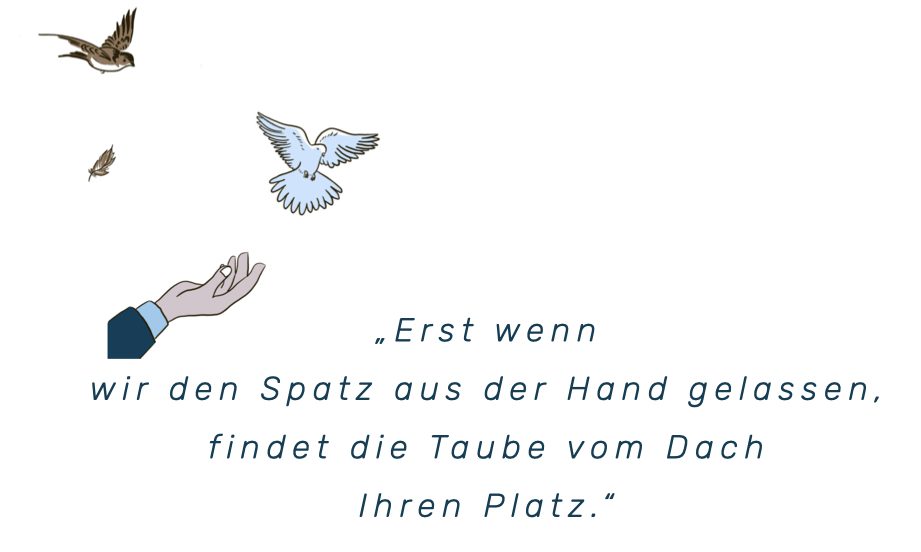


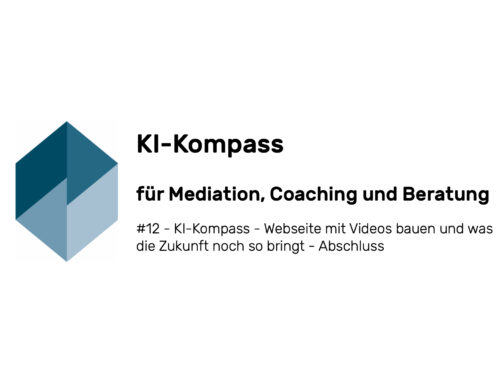
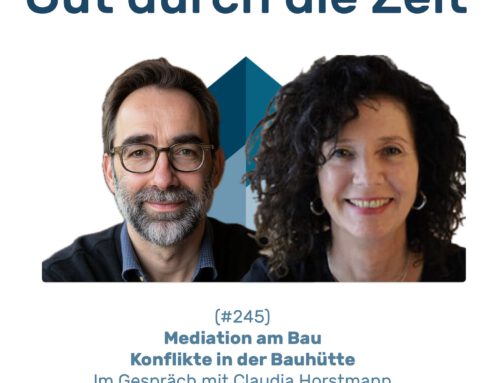
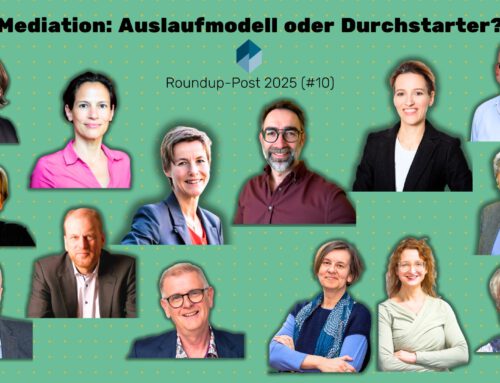
Leave A Comment